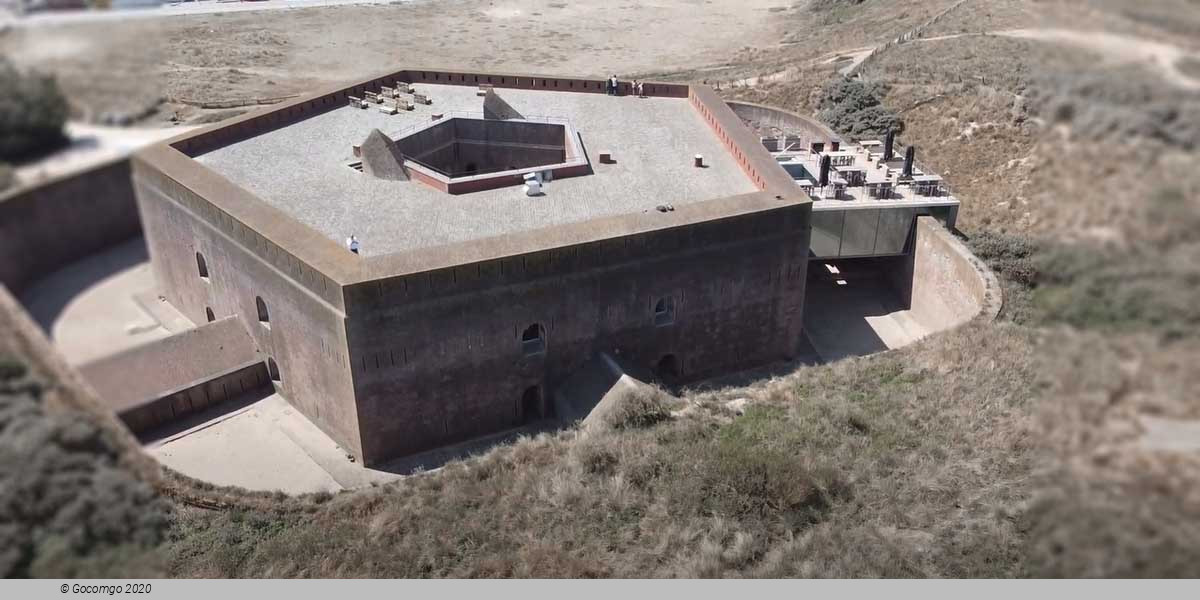Ostend

Ostend is a coastal city and municipality, located in the province of West Flanders in the Flemish Region of Belgium. It comprises the boroughs of Mariakerke, Raversijde, Stene and Zandvoorde, and the city of Ostend proper – the largest on the Belgian coast.
History
Origin to Middle Ages
The major source of income for the inhabitants was fishing. The North Sea coastline has always been rather unstable due to the power of the water. In 1395 the inhabitants decided to build a new Ostend behind large dikes and further away from the always-threatening sea. In the early Middle Ages, Ostend was a small village built on the east-end (oost-einde) of an island (originally called Testerep) between the North Sea and a beach lake. Although small, the village rose to the status of "town" around 1265, when the inhabitants were allowed to hold a market and build a market hall.
15th to 18th century
The strategic position on the North Sea coast had major advantages for Ostend as a harbour but also proved to be a source of trouble. The town was frequently taken, ravaged, ransacked and destroyed by conquering armies. The Dutch rebels, the Gueuzen, took control of the town. The Siege of Ostend, 1601 to 1604, of which it was said that "the Spanish assailed the unassailable and the Dutch defended the indefensible", cost a combined total of more than 80,000 dead or wounded, making it the single bloodiest battle of the Eighty Years' War. This shocking event set in motion negotiations that led to a truce several years later. When the truce broke down, it became a Dunkirker base.
After this era, Ostend was turned into a harbour of some importance. In 1722, the Dutch again closed off the entrance to the world's biggest harbour of Antwerp, the Westerschelde. Therefore, Ostend rose in importance because the town provided an alternative exit to the sea. The Belgium Austriacum had become part of the Austrian Empire. The Austrian Emperor Charles VI granted the town the trade monopoly with Africa and the Far East. The Oostendse Compagnie (Ostend trade company) was allowed to found colonies overseas. However, in 1727 the Oostendse Compagnie was forced to stop its activities because of Dutch and British pressure. The Netherlands and Britain would not allow competitors on the international trade level. Both nations regarded international trade as "their" privilege.
19th century
On 19 September 1826, the local artillery magazine exploded. At least 20 people were killed and a further 200 injured. The affluent quarter of d'Hargras was levelled and scarcely a building in the city escaped damage. Disease followed the devastation leading to further deaths.
The harbour of Ostend continued to expand because the harbour dock, as well as the traffic connections with the hinterland, were improved. In 1838, a railway connection with Brussels was constructed. Ostend became a transit harbour to England in 1846 when the first ferry sailed to Dover. An October 1854 meeting of American envoys led to the Ostend Manifesto. Important for the image of the town was the attention it started to receive from the Belgian kings Leopold I and Leopold II. Both monarchs liked to spend their holidays in Ostend. Important monuments and villas were built to please the Royal Family, including the Hippodrome Wellington horse racing track and the Royal Galleries. The rest of aristocratic Belgium followed and soon Ostend became known as "the queen of the Belgian sea-side resorts".
In 1866, Ostend was the venue for a crucial meeting of exile Spanish Liberals and Republicans which laid the framework for a major uprising in their country, culminating in Spain's Glorious Revolution two years later.
20th century
Ostend (in common with nearly the entirety of the country) was occupied by German forces and used as an access point to the sea for submarines and other light naval forces for much of the duration of World War I. As a consequence, the port was subjected to two naval assaults by the Royal Navy.
The town hosted all of the sailing events for the 1920 Summer Olympics for Antwerp. Only the finals of the 12-foot dinghy were sailed in Amsterdam. Ostend also hosted the polo events.
World War II involved a second occupation of the town by Germany within a period of little more than twenty years; an occupation which it shared this time with most of northern Europe. Both conflicts brought significant destruction to Ostend. In addition, other opulent buildings which had survived the wars were later replaced with structures in the modernist architecture style.
On 12 August 1988 the Guerrilla army the Provisional IRA shot dead a Sergeant-Major in the British Army, Richard Heakin (38) of Royal Regiment of Wales’ First Battalion, while he sat in his vehicle. The Sergeant-Major was shot five times when he stopped his vehicle at the traffic light, the Belgian news agency Belga reported. It said the vehicle had British license plates and pulled a trailer.
21st century
Ostend's Winter in the Park festival draws more than 600,000 people to the seaside city. During December, Ostend's Christmas market, one of the largest in Europe, features vendors and food sellers along with ice skating, music and other events. A light-show tunnel on one of the major shopping streets attracts and amuses visitors from all over Belgium, Europe and beyond.

